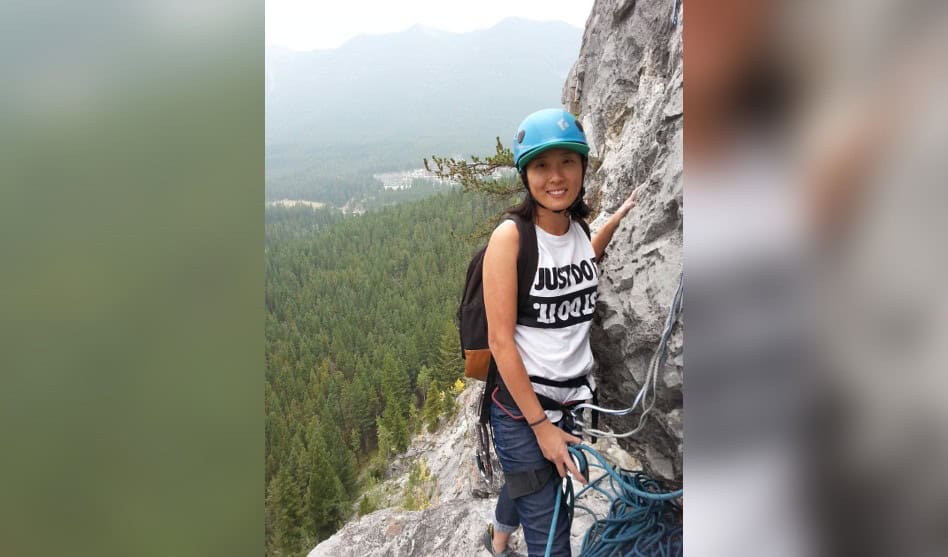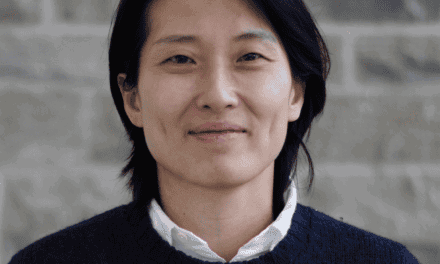Congratulations to former HALOite Dr. Eun-Young Lee, as well as other former and current HALOites, on the recent publication of the paper “Systematic review of the correlates of outdoor play and time among children aged 3-12 years” just published in the International Journal of Behavioral Nutrition and Physical Activity! Citation details and a summary of the paper are below.
Lee, EY., Bains, A., Hunter, S. et al. Systematic review of the correlates of outdoor play and time among children aged 3-12 years. Int J Behav Nutr Phys Act 18, 41 (2021). https://doi.org/10.1186/s12966-021-01097-9
Abstract
Background: Due to the myriad of benefits of children’s outdoor play and time, there is increasing concern over its decline. This systematic review synthesized evidence on the correlates of outdoor play and outdoor time among children aged 3-12 years.
Methods: A total of 12 electronic databases in five different languages (Chinese, English, Korean, Spanish, Portuguese) were searched between October 28, 2019 and July 27, 2020. Covidence software was used for screening and Microsoft Excel with a predesigned coding form was used for data extraction. Evidence was synthesized and correlates were categorized using the socioecological model framework.
Results: Based on 107 studies representing 188,498 participants and 422 childcare centers from 29 countries, 85 studies examined potential correlates of outdoor play while 23 studies examined that of outdoor time (one examined both). The duration of outdoor play and outdoor time ranged between 60 and 165 min/d and 42-240 min/d, respectively. Out of 287 (outdoor play) and 61 (outdoor time) potential correlates examined, 111 correlates for outdoor play and 33 correlates for outdoor time were identified as significant correlates. Thirty-three variables were identified as key/common correlates of outdoor play/time, including eight correlates at the individual level (e.g., sex/gender, race/ethnicity, physical activity), 10 correlates at the parental level (e.g., parental attitude/support/behavior, parenting practice), nine at the microsystem level (e.g., proximal home/social environment such as residence type, peer influence), three at the macrosystem/community level (e.g., availability of space children can play), and three at the physical ecology/pressure for macrosystem change level (e.g., seasonality, rurality). No key correlates were found at the institutional level.
Conclusions: Individual, parental, and proximal physical (home) and social environments appear to play a role in children’s outdoor play and time. Ecological factors (i.e., seasonality, rurality) also appear to be related to outdoor play/time. Evidence was either inconsistent or lacking at institutional and macrosystem/community levels. Standardizing terminology and measures of outdoor play/time is warranted. Future work should investigate the interactions and processes of multiple variables across different levels of socioecological modelling to better understand the mechanisms through which outdoor play/time opportunities can be optimized for children while paying special attention to varying conditions in which children are born, live, and play.
Click here to read the paper (open access).





